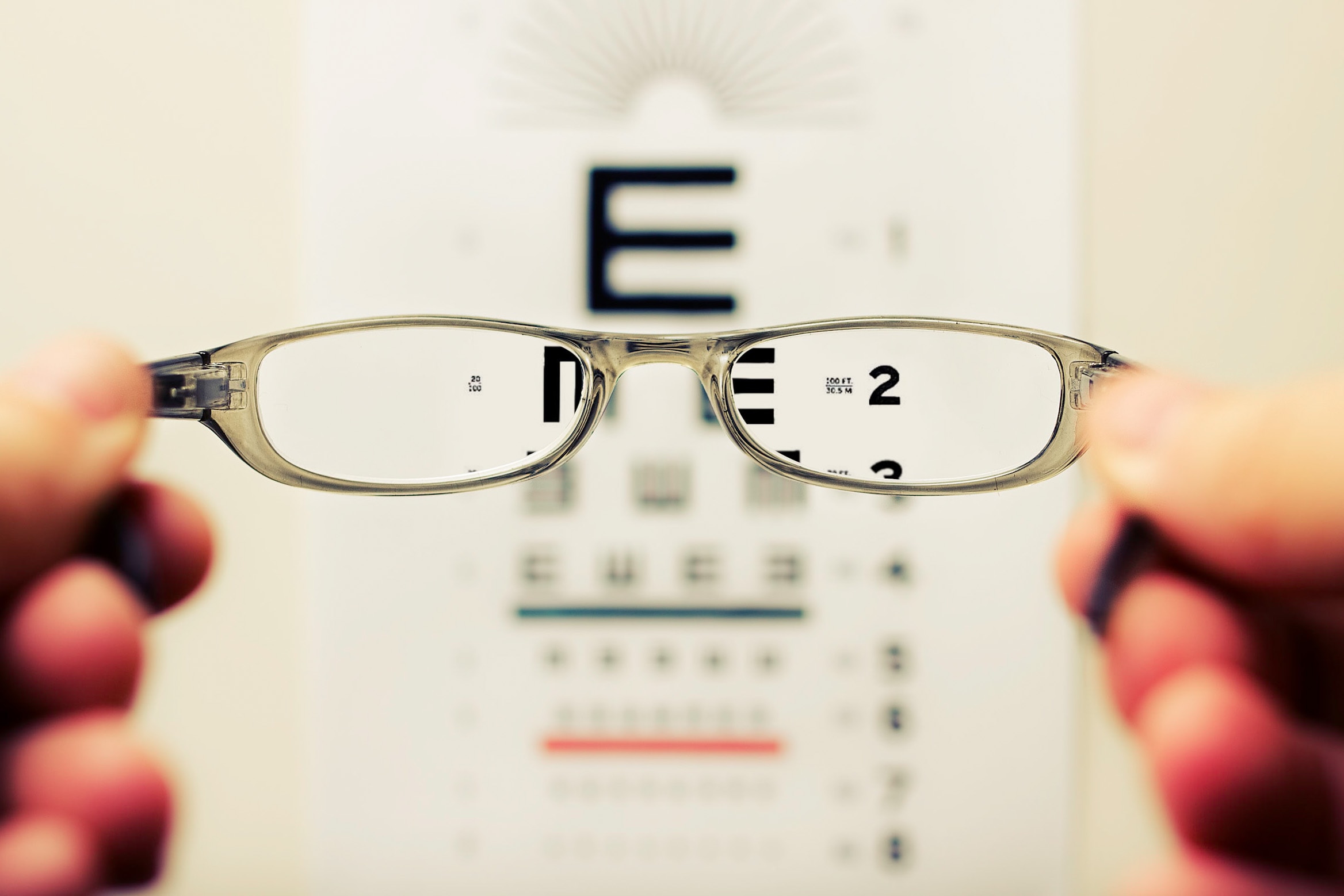Glaucoma is a serious eye condition that can lead to blindness if left untreated. It is important to assess your personal risk of developing glaucoma so that you can take steps to prevent vision loss. Here are some factors to consider when assessing your risk of glaucoma.
Age Age is a major risk factor for glaucoma. The condition is more common in people over the age of 60. However, glaucoma can occur at any age, even in infants and children.
Family history If you have a family member with glaucoma, your risk of developing the condition is higher. The risk increases if the family member is a first-degree relative, such as a parent or sibling.
Ethnicity Certain ethnic groups are more at risk of developing glaucoma. African Americans, Hispanics, and Asians are more likely to develop primary open-angle glaucoma (POAG), the most common form of glaucoma in the United States.
Medical conditions Several medical conditions can increase the risk of developing glaucoma. These include diabetes, high blood pressure, and hypothyroidism.
Eye conditions People with certain eye conditions, such as high myopia (nearsightedness), thin corneas, and optic nerve abnormalities, are more at risk of developing glaucoma.
Medications Some medications, such as corticosteroids, can increase intraocular pressure and lead to glaucoma.
Lifestyle factors Some lifestyle factors can increase the risk of developing glaucoma. These include smoking, excessive alcohol consumption, and a sedentary lifestyle.
Assessing your personal glaucoma risk involves considering these factors and evaluating your own health history and habits. Here are some steps you can take to assess your risk.
Step 1: Review your family history If you have a family member with glaucoma, make sure to inform your eye doctor. They may recommend more frequent eye exams to monitor your intraocular pressure and optic nerve health.
Step 2: Evaluate your medical history If you have medical conditions such as diabetes or high blood pressure, it is important to inform your eye doctor. These conditions can increase the risk of developing glaucoma.
Step 3: Review your eye health history If you have had eye conditions such as high myopia or optic nerve abnormalities, inform your eye doctor. They may recommend more frequent eye exams to monitor your eye health.
Step 4: Evaluate your lifestyle habits If you smoke or consume excessive amounts of alcohol, consider quitting or reducing your consumption. A sedentary lifestyle can also increase the risk of developing glaucoma. Consider incorporating regular exercise into your routine.
Step 5: Get regular comprehensive eye exams Regular comprehensive eye exams are essential for detecting and monitoring glaucoma. During an eye exam, your eye doctor will measure your intraocular pressure and examine the optic nerve for signs of damage. They may also perform visual field testing to check for any changes in your peripheral vision.
In conclusion, assessing your personal glaucoma risk involves considering several factors, including age, family history, ethnicity, medical conditions, eye conditions, medications, and lifestyle habits. By evaluating your personal risk and taking steps to prevent vision loss, you can protect your eyesight and maintain good eye health. Remember, early detection and treatment can save your vision.
As a journalist, it is crucial to verify information and sources. In this article, the information presented is based on reputable sources such as the American Academy of Ophthalmology, the National Eye Institute, and the Glaucoma Research Foundation.










